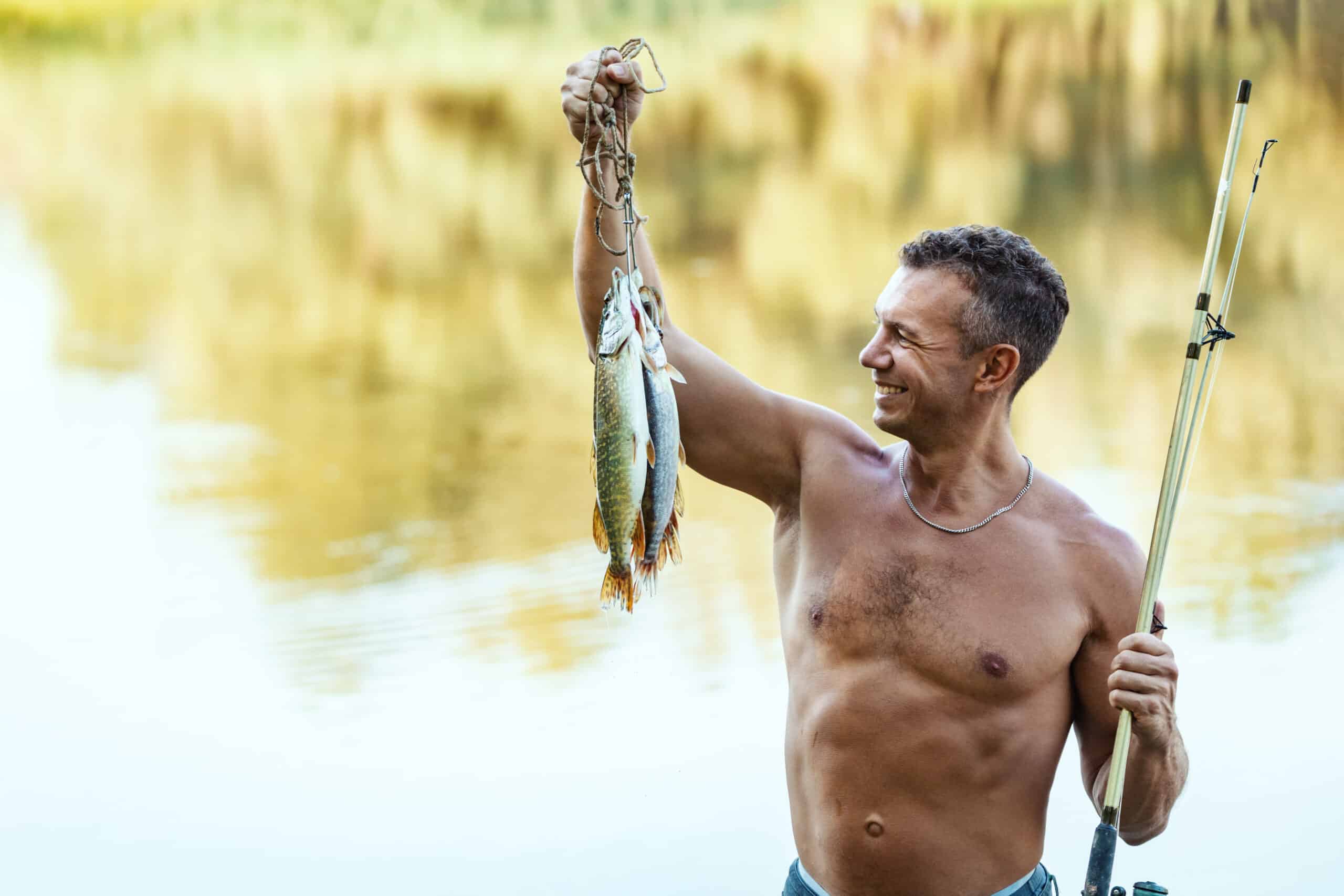Why Do Fishermen Catch and Release?
Key Takeaways
- Conservation of Fish Populations: Catch and release fishing helps maintain healthy fish populations, preserving genetic diversity and ensuring long-term sustainability.
- Prevention of Waste: Releasing fish avoids unnecessary waste and allows other anglers to have the opportunity to catch those fish.
- Teaching Respect and Responsibility: Catch and release fishing instills a sense of respect for fish as living creatures and promotes responsible fishing practices.
When it comes to fishing, the practice of catching and releasing fish has gained popularity in recent years. But why do fishermen catch and release? What are the reasons behind this approach? In this article, we will explore the various benefits and motivations behind catch and release fishing.
Conservation of Fish Populations
One of the primary reasons why fishermen practice catch and release is to conserve fish populations. By releasing fish back into the water after catching them, anglers allow the fish to reproduce and maintain healthy numbers. This helps to ensure the long-term sustainability of fish populations, which is crucial for maintaining a balanced ecosystem.
According to the National Oceanic and Atmospheric Administration (NOAA), catch and release fishing helps to preserve genetic diversity within fish populations. This genetic diversity is important for the long-term survival and adaptation of fish to changing environments.
Prevention of Waste
Another important reason for catch and release fishing is the prevention of waste. Many caught fish end up uneaten and wasted. By releasing the fish, anglers avoid unnecessarily taking more fish than they need or can consume. This not only reduces the waste but also allows other anglers to have the opportunity to catch those fish.
Teaching Respect and Responsibility
Catch and release fishing also serves as a valuable lesson in respect and responsibility, especially for younger generations. Releasing fish teaches children about the importance of respecting fish as living creatures and treating them with dignity. It instills a sense of responsibility towards the environment and encourages sustainable fishing practices.
Enhanced Angling Opportunities
Catch and release fishing helps to maintain high-quality angling opportunities. By releasing fish, anglers ensure that there are abundant fish populations for recreational fishing. This not only benefits individual anglers but also supports local economies by attracting anglers and tourists who contribute to the fishing and tourism industries.
Scientific Research
Catch and release fishing provides valuable opportunities for scientific research. Scientists can study fish behavior, population dynamics, and the impacts of fishing on fish populations through catch and release practices. This research helps to improve our understanding of fish populations and informs conservation efforts.
Compliance with Regulations
Many areas have catch and release regulations in place to protect fish stocks. By adhering to these regulations, anglers contribute to the conservation of fish populations and help maintain a sustainable fishing industry. Catch and release practices also ensure that anglers are abiding by the law and promoting responsible fishing practices.
The Impact of Catch and Release
While catch and release fishing has many benefits, it is important to acknowledge that there can be some negative impacts as well. Studies have shown that the average mortality rate for released fish is around 18%, with factors such as water temperature, duration of the fight, time out of water, and handling of the fish influencing mortality rates.
However, the impact of catch and release on fish populations is generally positive. By releasing fish unharmed, it gives them the opportunity to reproduce and contribute to the growth of their species. This promotes sustainable fishing practices and ensures healthy fish populations for the future.
Conclusion
Catch and release fishing is practiced by fishermen for a variety of reasons, including the conservation of fish populations, prevention of waste, teaching respect and responsibility, enhanced angling opportunities, scientific research, and compliance with regulations. While there are some concerns regarding fish mortality rates and the potential pain experienced by fish during catch and release, the overall impact on fish populations is positive when practiced responsibly.
Related Websites:
- Benefits of Catch and Release Fishing – Tackle Village
- Catch and Release Fishing Best Practices – NOAA Fisheries
- Catch and Release Fishing – Sensible Fishing
- Catch and Release – Gone Fishing Guide
- Catch and Release Fishing – Hiking and Fishing
- The impact of catch-and-release angling on fish populations – PubMed
FAQs:
Q: Why is catch and release important for fish populations?
Catch and release is important for fish populations because it helps maintain sustainable fishing practices. By releasing fish back into the water, it allows them to reproduce and contribute to the overall population. This ensures that there are enough fish for future generations of anglers to enjoy.
Q: How does catch and release help protect vulnerable fish species?
Catch and release helps protect vulnerable fish species by allowing them to recover and reproduce. Endangered or threatened fish species can be conserved through this practice, as it minimizes their mortality rates and gives them a chance to increase their population numbers.
Q: What techniques are used to minimize harm to fish during catch and release?
To minimize harm to fish during catch and release, anglers use various techniques. These include using barbless hooks, handling fish with wet hands or nets to avoid removing their protective slime layer, and quickly releasing them back into the water to reduce stress and injury.
Q: What are the economic benefits of catch and release?
Catch and release contributes to the fishing industry by attracting anglers and supporting local economies. It creates recreational opportunities and boosts tourism, as many anglers travel to different destinations for the chance to catch and release fish, leading to increased revenue for businesses in these areas.
Q: How does catch and release contribute to scientific research?
Catch and release plays a crucial role in scientific research. It provides data for fisheries management by collecting information on fish populations, sizes, and habitats. Additionally, studying caught and released fish helps scientists gain insights into fish behavior and contributes to the overall understanding of aquatic ecosystems.






